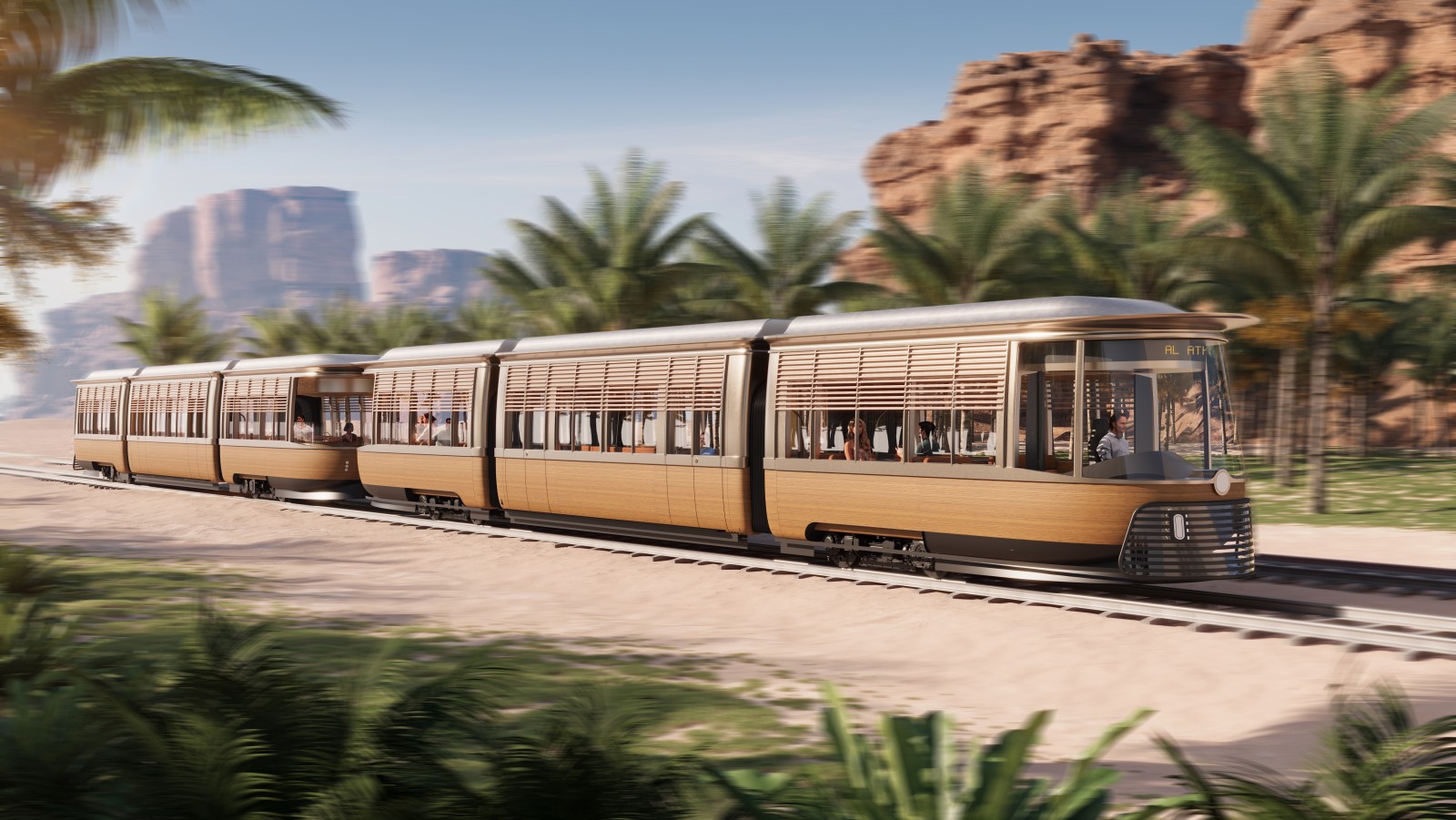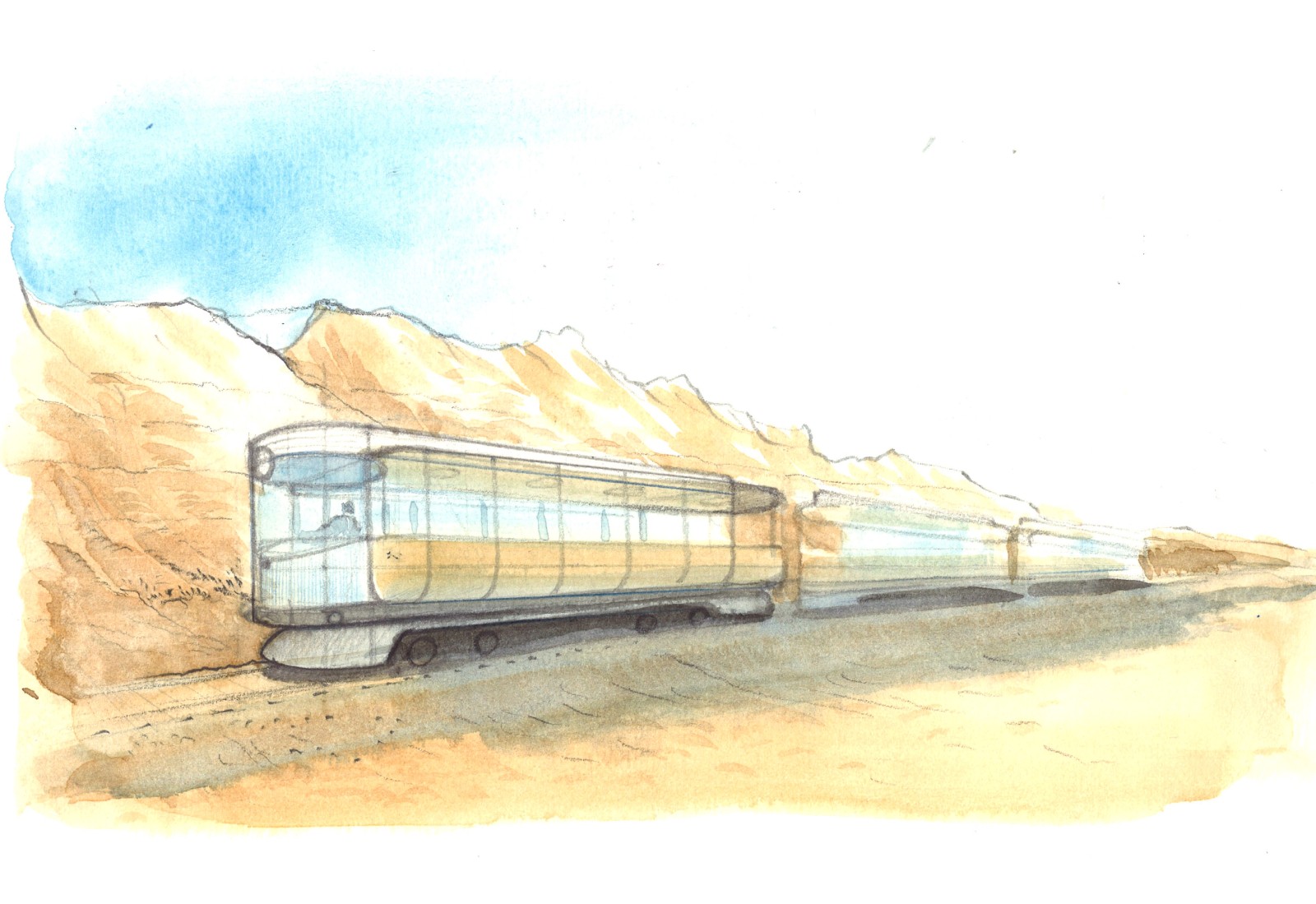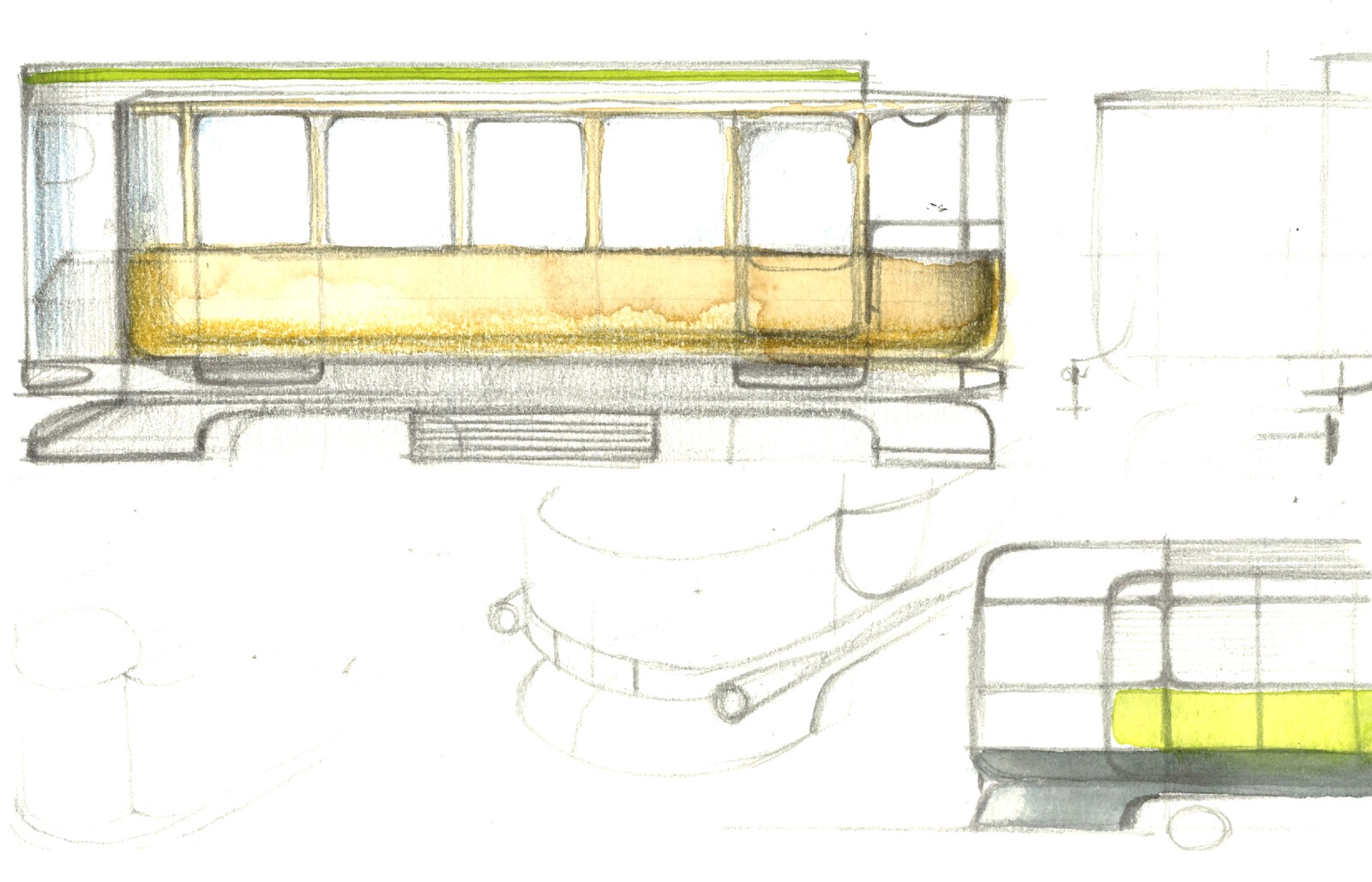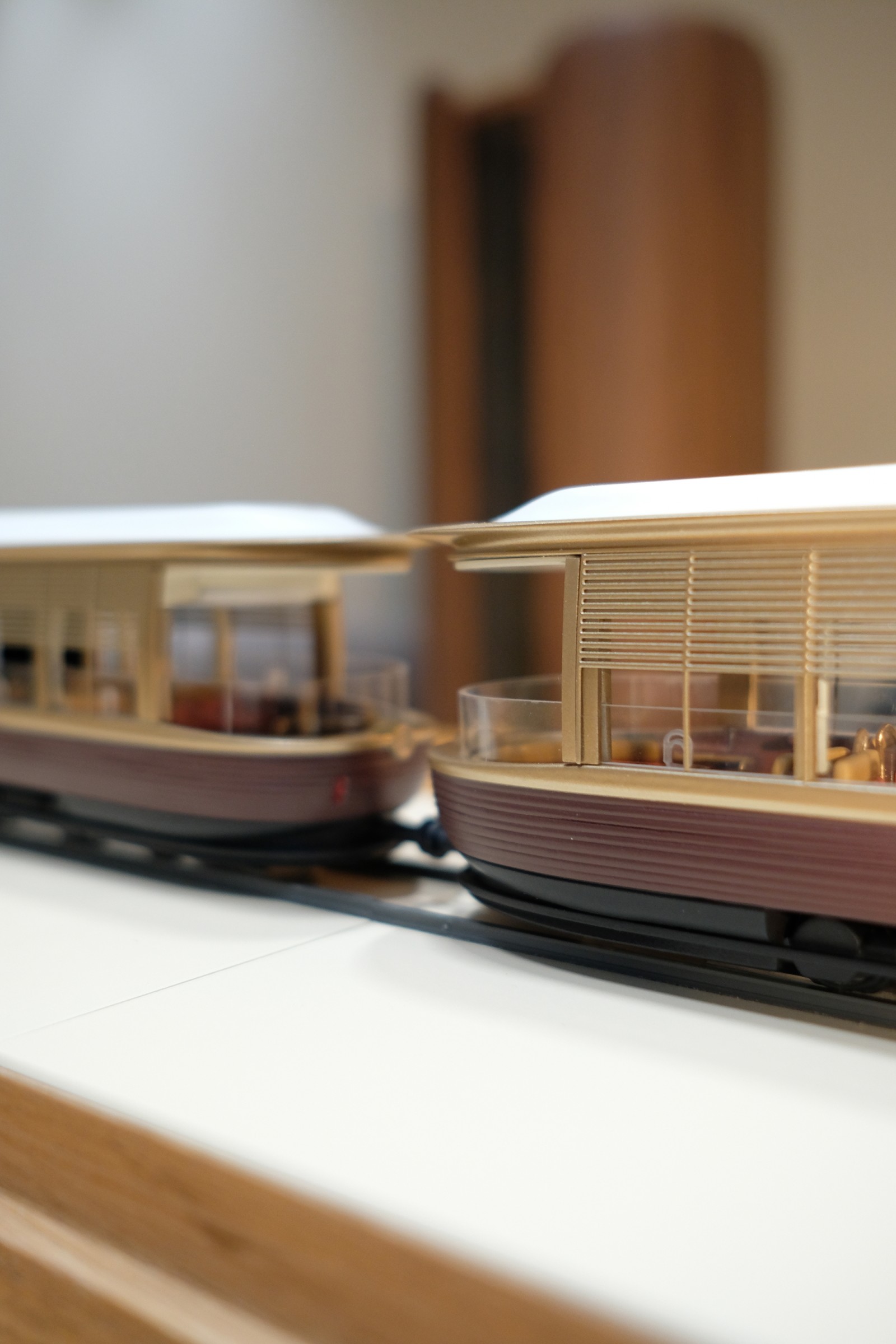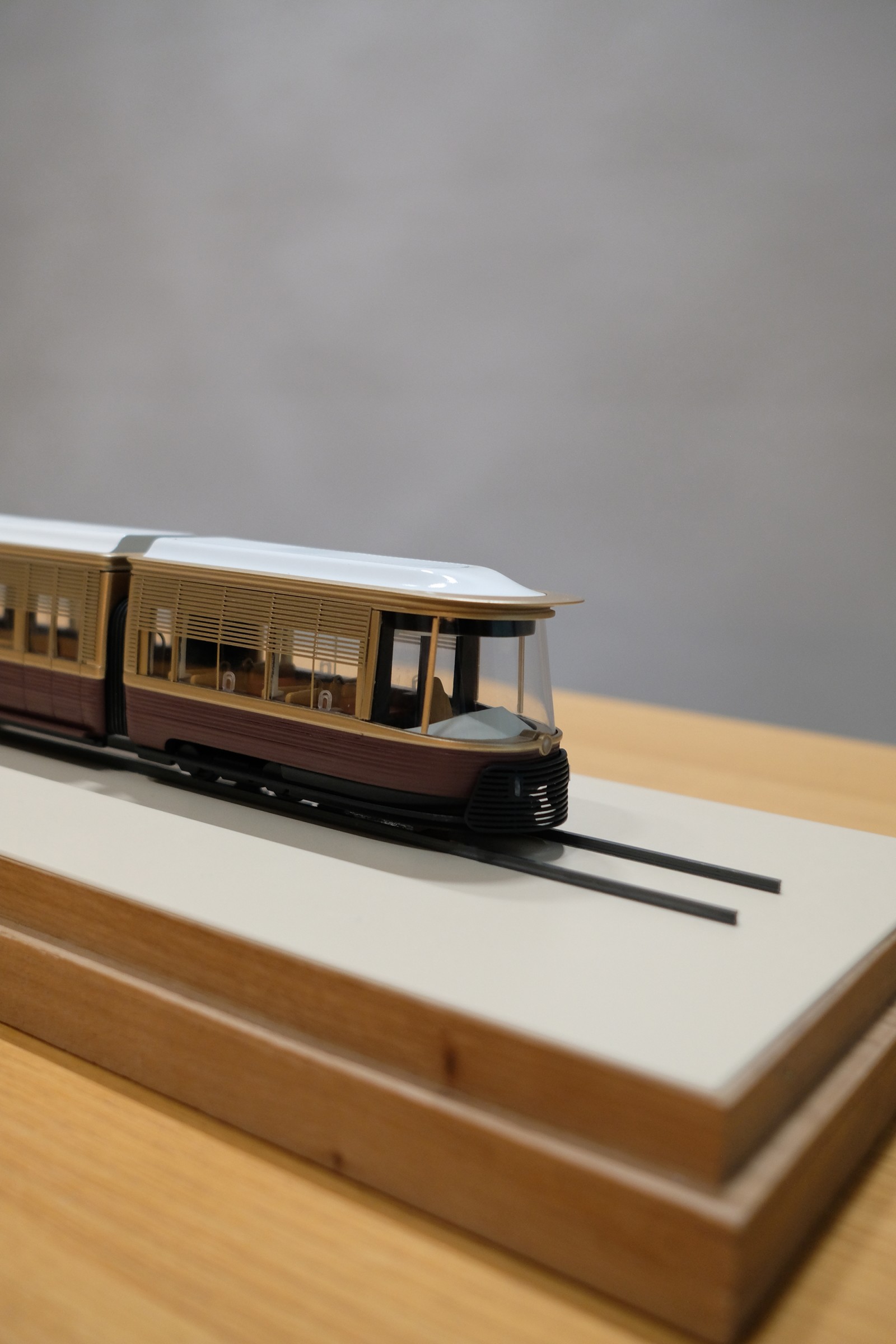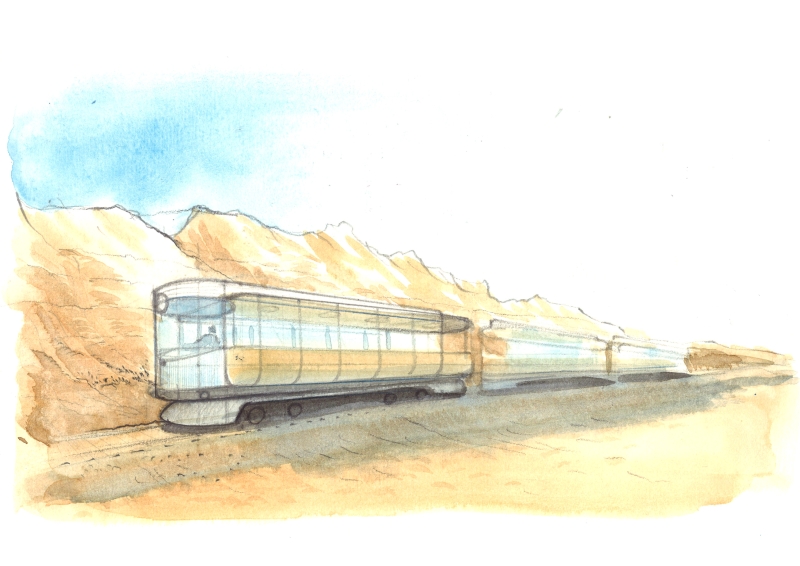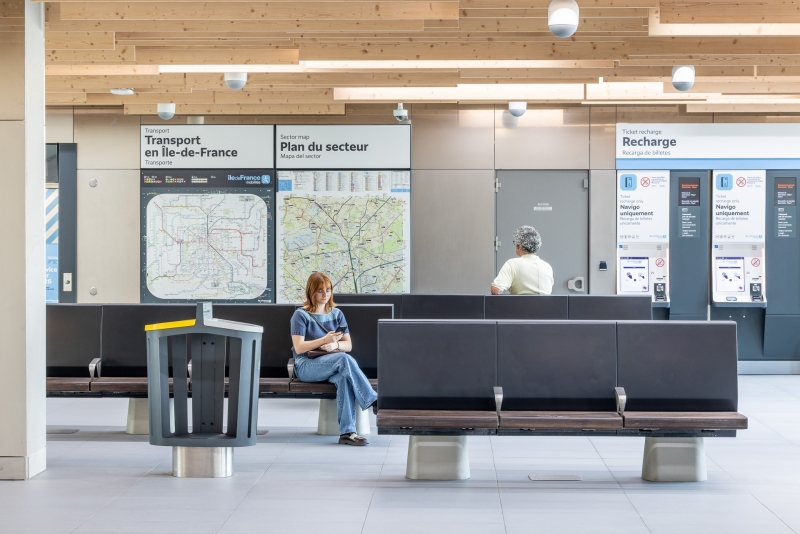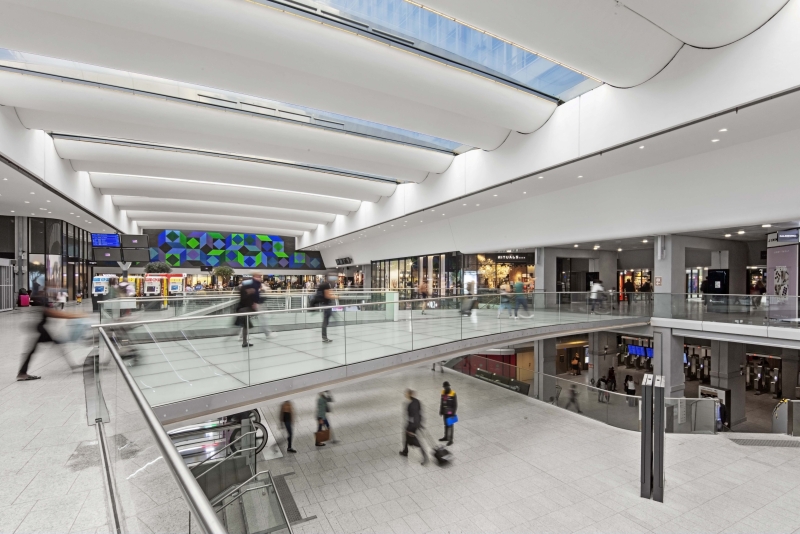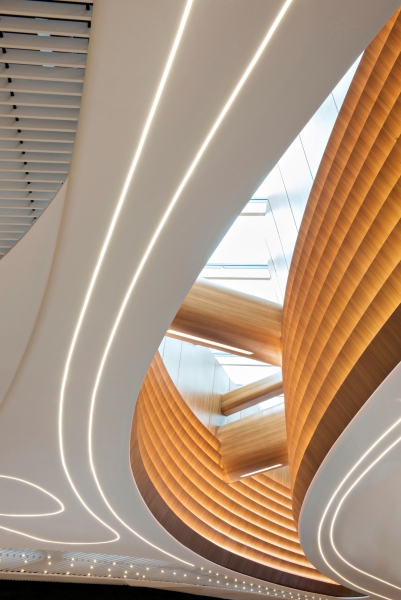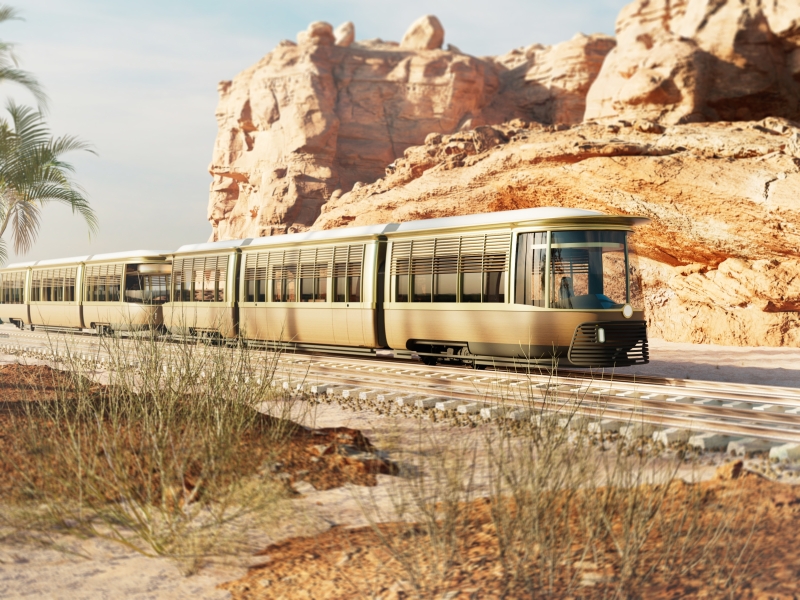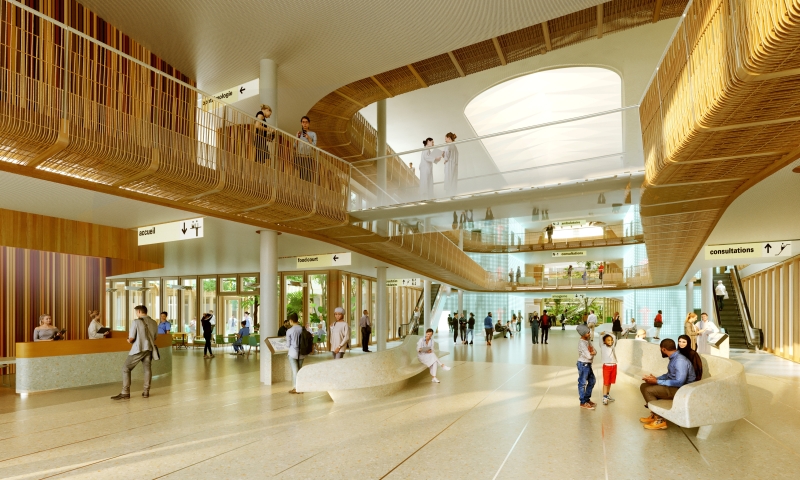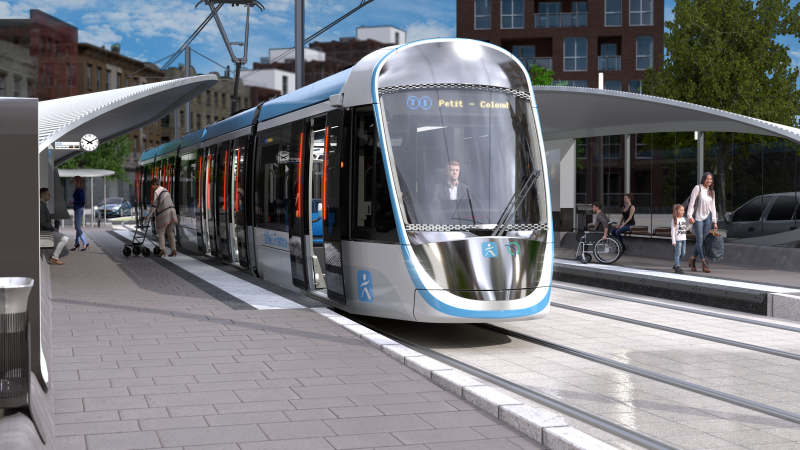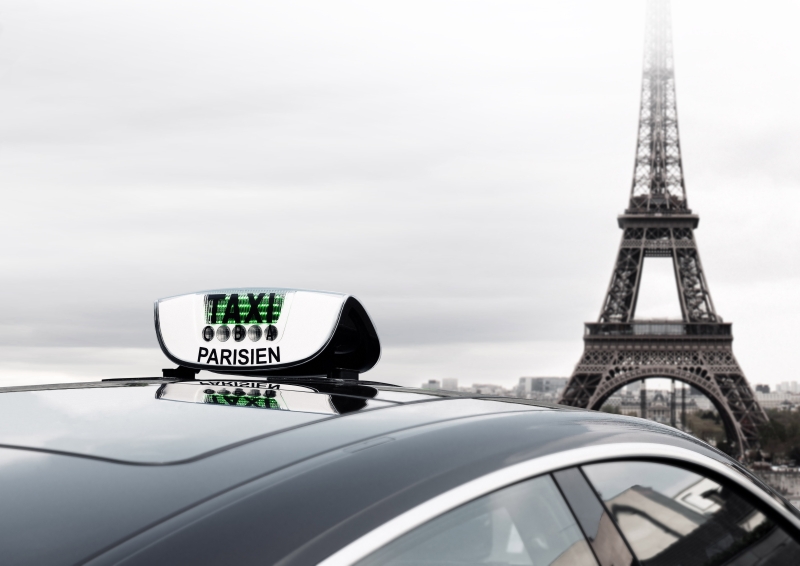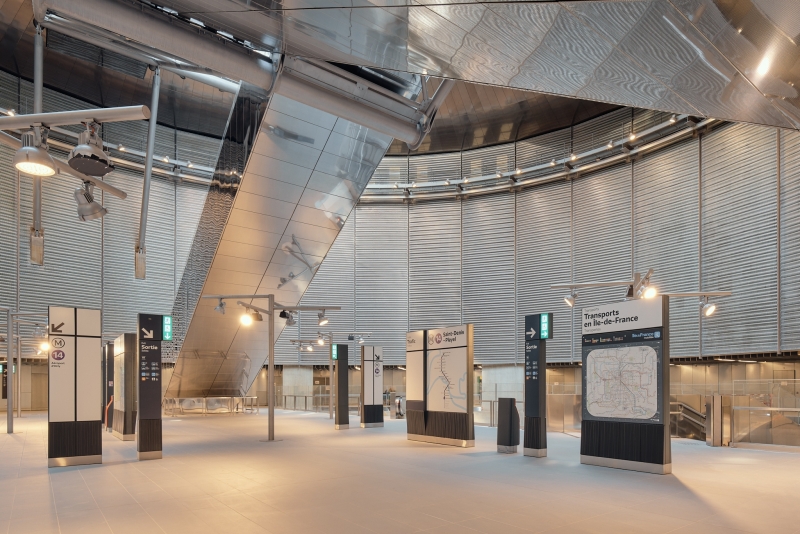Within the
Saudi government's Vision 2030 plan, AlUla stands out amongst several projects
designed to enrich the Kingdom's culture and tourism. This large scale project plans
the creation of a vast archaeological, cultural, and tourist complex the size
of Belgium, with the aim of making AlUla the cultural capital of the Kingdom by
showcasing its rich heritage, including millennia-old archaeological sites and
exceptional landscapes, with the intention of making its mark on Saudi Arabia's
history.
The AlUla
project celebrates the successful collaboration between France and Saudi
Arabia, guided by a strong ambition for sustainable development. Crucial
milestones have been reached in all aspects of the project, aimed at making
this region, rich in heritage, a major cultural capital of the Kingdom and a
world renowned tourist destination.
AlUla's
transport service offers passengers an immersive experience, transporting them
through space on board a bespoke tramway conceived by Alstom, designed by Étienne Tricaud and Patrick Jouin.
The streetcar, with its lightweight and durable design, draws its inspiration
from Hijaz's historic railway heritage. It evokes a silhouette that seems to
float gracefully on the landscape, rich in history yet eminently contemporary.
The delicate curves of its outer shell, in harmony with the premise of the
tramway, weave a symbiosis with the modernity of the rolling stock, while
creating a striking contrast with the arid landscape that surrounds it.
Our studio's
main objective was the preservation of this environment, allowing it to radiate
in all its raw splendor. The tracks, laid discreetly on the ground, trace the
22-kilometer path through the 17 stations that make up AlUla. Powered by
electric energy, this tramway offers both visitors and residents of AlUla a new
means of transport, emitting virtually no noise, chemical, or visual pollution.
In this way, it becomes a living testimony to the harmonious cohabitation of
modern progress and respectful preservation of nature.
